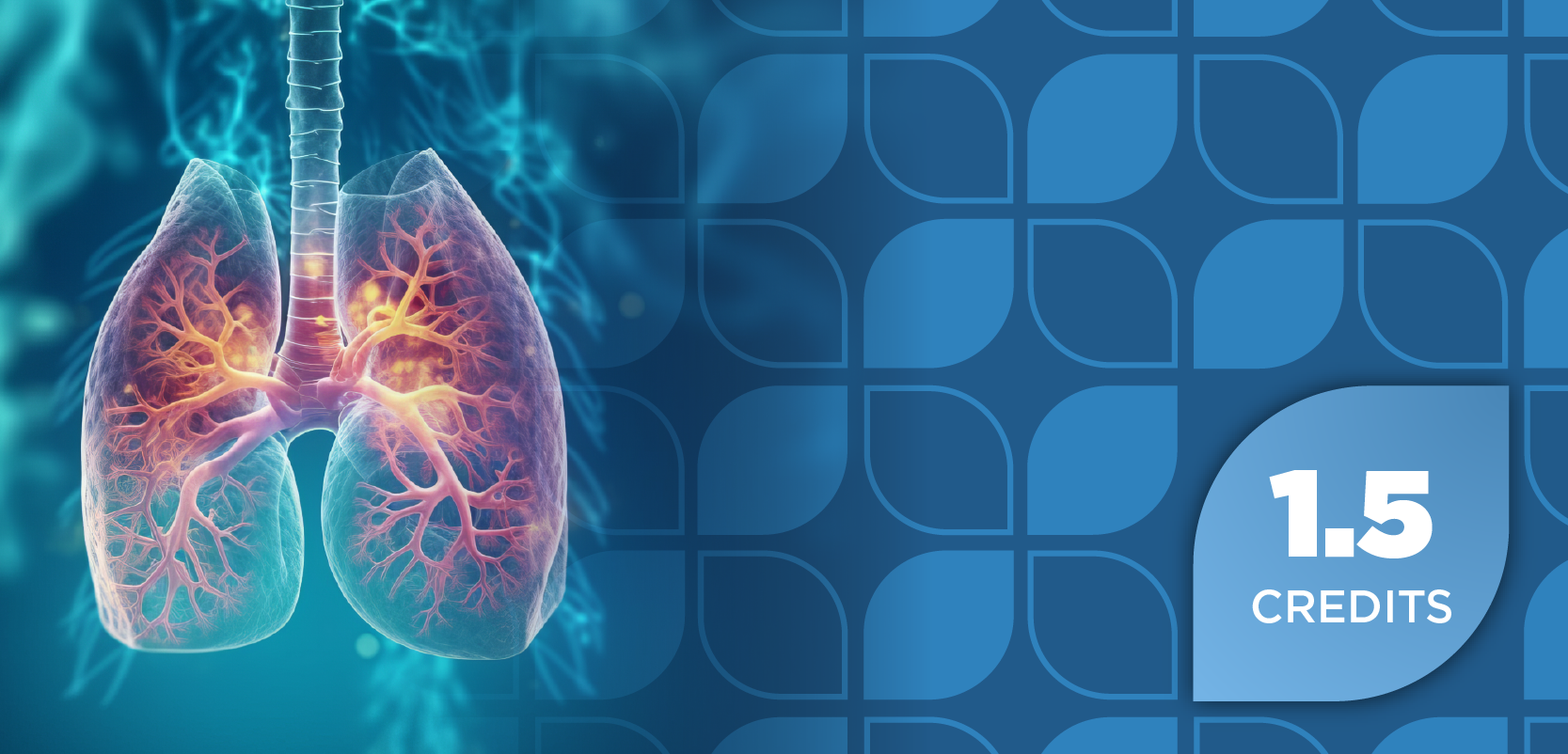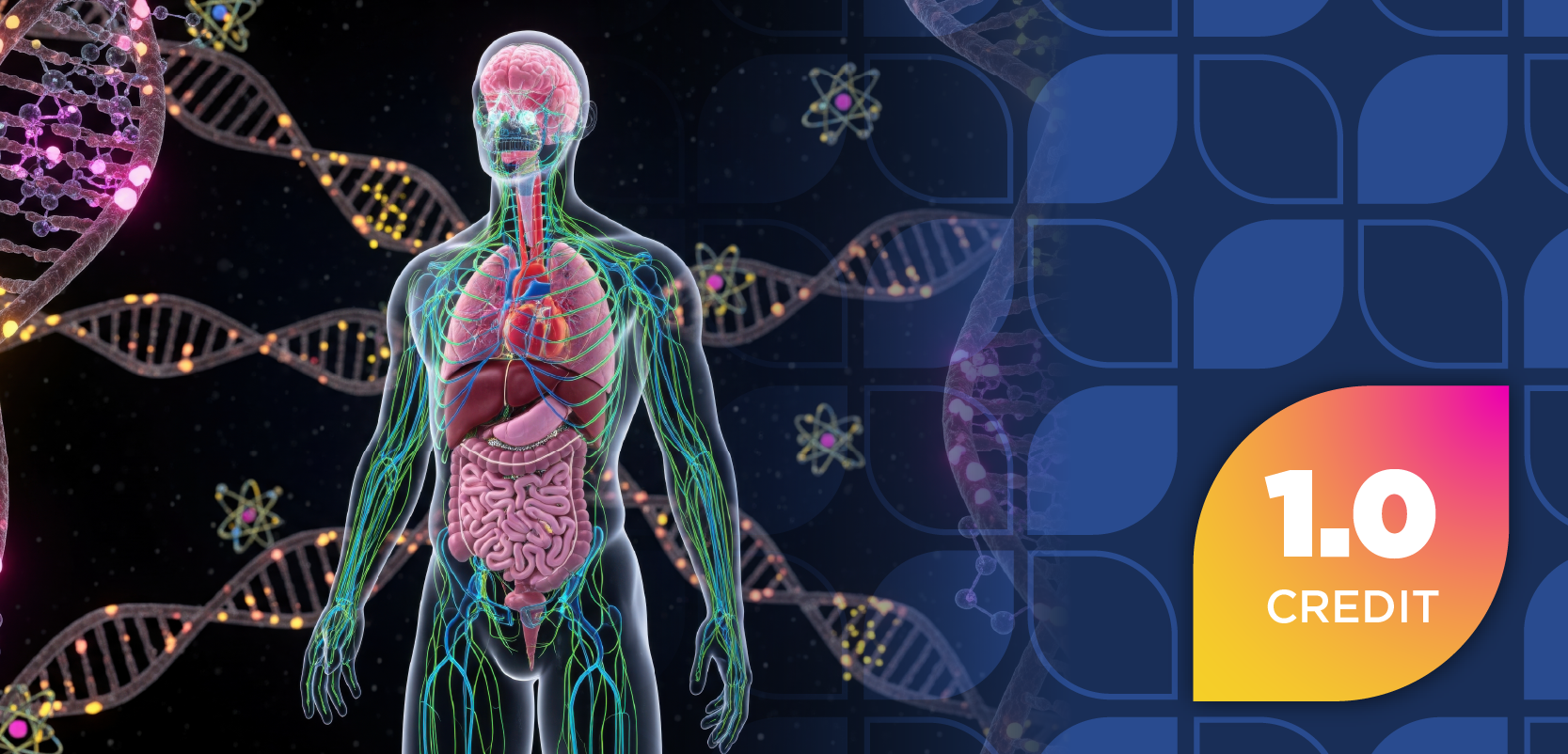
Real-World Use of SGLT2 Inhibitors in CKD is Relatively Low, Study Finds
Key Takeaways
- SGLT2 inhibitors are underutilized in CKD patients, with only 14.8% receiving prescriptions, despite their cardiorenal benefits.
- The study involved 1,443,403 CKD patients, revealing higher SGLT2 inhibitor use in those with comorbidities like diabetes and heart failure.
Data show the overall use of sodium-glucose cotransporter 2 (SGLT2) inhibitors among study participants with chronic kidney disease (CKD) was about 14.8%.
Sodium-glucose cotransporter 2 (SGLT2) inhibitor use was rather low in patients with chronic kidney disease (CKD) without other comorbidities, according to real-world data presented at the American Society of Nephrology 2025 Kidney Week. The investigators also observed that the use of other CKD-related medications also appeared; however, these varied in line with the recommended management of CKD with or without cardiometabolic comorbidities.1
SGLT2 inhibitors, such as empagliflozin (Jardiance; Boehringer Ingelheim, Eli Lilly & Co.), act as “control switches” in the kidneys that keep glucose and sodium in the body. The body needs sugar for energy and sodium to prevent low blood pressure, but because too much can lead to complications such as diabetes or hypertension, SGLT2 inhibitors remove the extra glucose and sodium from the body via urine to keep a healthy balance within the blood. For patients with CKD, SGLT2 inhibitors are effective in slowing the progression of the disease, lowering the risk of heart failure flare-ups and kidney failure, and lowering urinary albumin creatinine ratio (UACR) levels in those with albuminuria.2
In the CKD space, SGLT2 inhibitors have emerged as a key therapy to prevent progression of disease in patients with or without diabetes. Although SGLT2 inhibitors were found in previous research to have cardiorenal benefit, there remains a large unmet need to reduce remaining disease risk in patients with CKD.3
Because CKD affects around 35 million US adults and is often associated with type 2 diabetes and cardiovascular disease, treatment is crucial to address the disease and mitigate progression. Prior to the FDA’s approval of empagliflozin, SGLT2 inhibitor use remained unclear. For this study, the investigators used available real-world data to determine the use of this class of treatment.1
US adults aged 18 years and older with CKD from stage 1 to stage 5 were enrolled in this study. Demographics and use of SGLT2 inhibitors as well as other medications prior to empagliflozin’s approval for CKD in September 2023 were stratified by comorbidities (eg, type 2 diabetes and/or heart failure) and stages 3 through 5 CKD (defined by estimated glomerular filtration rate [eGFR]).1
In total, 1,443,403 patients with CKD with a median age of 75 years (IQR: 66–82 years) were identified and enrolled. Most of the patients were female (50.4%), and among those who had eGFR data available, about 65.1% had stages 3 through 5 disease. Approximately 26.9% of the enrolled patients had CKD only; 37.6% had both CKD and type 2 diabetes; 13.7% had both CKD and heart failure; and the remaining 21.8% had CKD, type 2 diabetes, and heart failure. Age and sex were broadly similar across all subgroups, noted the investigators.1
According to the data, SGLT2 inhibitors were prescribed to only 14.8% of patients, with use ranging from 1.8% in those with CKD only to 24.3% in those with CKD, type 2 diabetes, and heart failure. Overall, about 14.8% of patients with CKD—regardless of their comorbidity status—were treated with an SGLT2 inhibitor. Across all comorbidities, around 50% of patients were prescribed renin-angiotensin system inhibitors. Other CKD-related medications, such as finerenone (Kerendia; Bayer Healthcare) and mineralocorticoid receptor agonists, were less frequently prescribed but were more common in patients with heart failure.1
Despite growing evidence supporting the cardiorenal benefits of SGLT2 inhibitors, their limited real-world use underscores a critical gap in CKD management—one in which pharmacists are uniquely positioned to lead. As accessible medication experts, pharmacists play a vital role in identifying appropriate candidates for SGLT2 inhibitor treatment, optimizing regimens for comorbid conditions, and counseling patients on safety, adherence, and monitoring needs throughout treatment. By educating patients on how therapies like SGLT2 inhibitors slow disease progression, reduce comorbidity risk, and improve long-term outcomes, pharmacists can help bridge the gap between guideline-recommended care and actual practice.
REFERENCES
1. Kovesdy CP, Frankel AH, Naoki K, Du C, Kato S, Hunnicutt J. Real-World SGLT2 Inhibitor (SGLT2i) Use in Patients with CKD in the United States. J Am Soc Nephrol. 2025;36(10S):10.1681/ASN.202592d27ygq. doi:10.1681/ASN.202592d27ygq
2. Nation Kidney Foundation. SGLT2 inhibitors. Updated December 6, 2024. Accessed November 24, 2025. https://www.kidney.org/kidney-topics/sglt2-inhibitors
3. Yau K, Dharia A, Alrowiyti I, Cherney DZ. Prescribing SGLT2 Inhibitors in Patients With CKD: Expanding Indications and Practical Considerations. Kidney Int Rep. 2022;7(7):1463–1476. doi:10.1016/j.ekir.2022.04.094
Newsletter
Stay informed on drug updates, treatment guidelines, and pharmacy practice trends—subscribe to Pharmacy Times for weekly clinical insights.


























































































































































































































